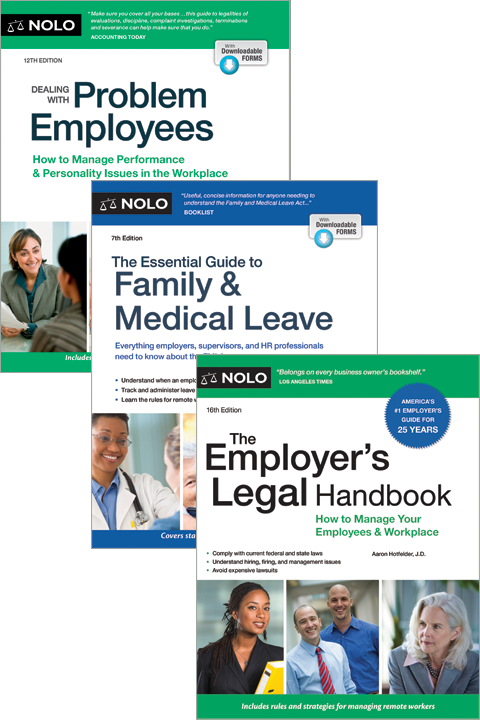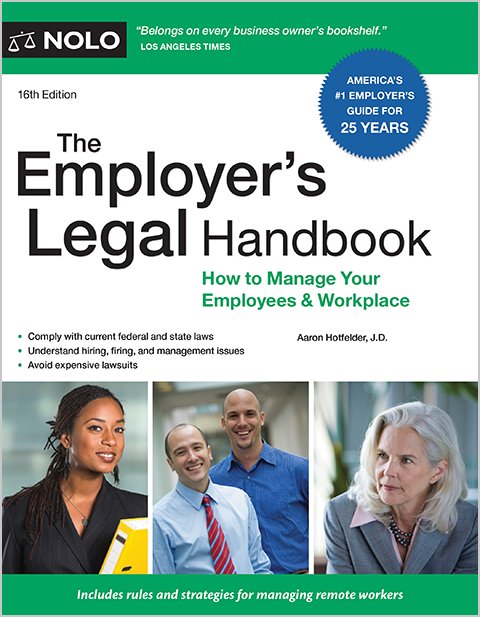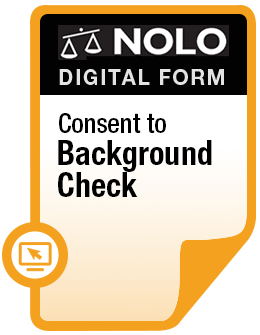Find out what type of workplace conduct is illegal in California.
A Silicon Valley start-up founder tells a subordinate that she will get a promotion if she agrees to have dinner with him. A programmer in Los Angeles posts photos of women in string bikinis around his cubicle where coworkers can see them.
Which of these scenarios involve sexual harassment? Both? Neither? This article will help you understand what type of conduct is illegal sexual harassment in California.
What is Illegal Sexual Harassment in California?
In California, as in most states, sexual harassment is a violation of law. California law prohibits sexual harassment of all types in employment and requires employers to train supervisors on how to prevent and deal with sexual harassment.
Under the California Fair Employment and Housing Act, sexual harassment in employment takes two forms: quid pro quo (literally, "something for something") harassment and hostile work environment harassment.
Quid Pro Quo Harassment
Quid pro quo harassment occurs when a supervisor, either expressly or impliedly, requires a subordinate to submit to sexual advances by threatening the subordinate with an adverse employment action, such as a bad review, demotion, or termination. For example, the Silicon Valley start-up founder mentioned above has engaged in quid pro quo harassment by conditioning a promotion on the subordinate's agreement to go on a social date.
Quid pro quo harassment can only be committed by a supervisor, manager, or another employee who is in a position to take some tangible employment action against the victim. Coworkers who are on equal footing and who demand sexual favors are not engaging in quid pro quo harassment. However, they may be creating a hostile work environment, as defined below.
Hostile Work Environment Harassment
The other type of sexual harassment recognized under California law is called hostile work environment sexual harassment. Unlike quid pro quo harassment, any employee can create a hostile work environment. With this type of harassment, there doesn't need to be the threat of an adverse employment action. Instead, the harasser engages in unwelcome conduct, based on sex, which creates a workplace that is intimidating, hostile, or offensive to a reasonable person.
The conduct might be specifically targeted at an individual, but it doesn't need to be. For example, the programmer in the introduction may be creating a hostile work environment by posting photos that others find offensive. For there to be a hostile work environment, there are several elements that must be met.
Based on Sex
While the stereotype of sexual harassment is a lecherous male employee subjecting a female employee to sexual innuendo or advances, harassment covers a much wider range of conduct. Harassment includes any conduct based on "sex," which in this context means gender. As a result, the conduct does not need to be sexual in nature to constitute harassment. In one California case, the court found that male workers on a construction site created a hostile work environment for female coworkers by throwing tools at them, hiding their tools, and otherwise bullying them because of their gender.
An employee doesn't have to be the direct target of the harassment to have a hostile work environment claim. A male employee who observes another male employee engaging in sexually harassing conduct may have his own claim of hostile environment sexual harassment.
Unwelcome Conduct
To be illegal, the conduct must also be unwelcome. However, "unwelcome" is not the same as "nonconsensual" under California sexual harassment law. In other words, even if the victim goes along with the harassment, the conduct is still considered harassment if he or she found the conduct unwelcome. Many employees feel they have no choice but to "consent" to offensive conduct in the workplace for fear of losing their jobs.
An employee complaining of harassment must actually have found the challenged conduct unwelcome, though. For example, if an employee readily participates in telling sexual jokes, he or she will have a difficult time proving that he or she actually found the jokes by others to be unwelcome.
Offensive to a Reasonable Person
In addition to actually being unwelcome and offensive to the complaining employee (called the "subjective standard"), the alleged sexual harassment must also be objectively offensive. This means that it must be of a type that would have offended a reasonable man or woman standing in the victim's shoes. The reasonable person standard takes into account the entire context of the victim's circumstances. If, for example, the victim of sexual harassment had previously suffered a sexual assault and thus experienced greater distress from on-the-job harassment, her history of assault would be taken into consideration when deciding whether the conduct would be offensive to a reasonable person.
Severe or Pervasive
California law defines sexual harassment as conduct that is either so severe or so pervasive that it creates an abusive working environment. Under this definition, a single severe act, such as a physical assault, can amount to sexual harassment. However, more often, sexual harassment is based on multiple acts occurring over time, such as daily offensive comments or jokes, which are pervasive enough to taint the workplace.
Employer Training Requirements
California law requires larger employers to hold sexual harassment training on a regular basis. Under the Fair Employment and Housing Act, employers with 50 or more employees must provide two hours of sexual harassment training every two years to supervisory employees. Employers must also train newly-hired supervisors within six months of hire.
In addition, California requires employers to provide training on how to prevent "abusive conduct." This training is designed to reduce bullying in the workplace that is not based on gender or another protected class (and therefore not illegal), but harmful to employees nonetheless.
If a covered employer fails to comply with these training requirements, that fact may be raised later in a sexual harassment lawsuit to show that the employer did not take reasonable steps to prevent and/or correct sexual harassment. This can undercut the employer's defense to the harassment claim. More importantly, training can cut down on harassment in the workplace and increase the likelihood of supervisors stepping in to nip it in the bud. This will not only create a more productive and happy workplace, it will also reduce the chances of sexual harassment lawsuits.
Talk to a Lawyer
Need a lawyer? Start here.
How it Works
- Briefly tell us about your case
- Provide your contact information
- Choose attorneys to contact you
- Briefly tell us about your case
- Provide your contact information
- Choose attorneys to contact you



